Drones carrying people - death awaits
/The Trend
There seems to be more and more projects involving drones carrying people. Ehang 184, a X8 design multicopter announced at CES 2016, is dubbed the air taxi of our time and is launching flights in Dubai soon.
Source: Popular Mechanics
Volocopter, a German based company is also launching their version as well with 18 propellers. There's also the Kitty Hawk, a project backed by Google's cofounder Larry Page, that looks more of a cross between a motorcycle and a drone.
Source: Engadget
The Technology
Almost all of them share similar base operating concept as a small drone. A central processor with orientation and speed sensors giving commands to vary speeds of various motors. The difference is that they use substantially larger motors and probably better quality flight electronics. Unlike a plane or helicopter, the movement of these large drones are not controlled by mechanical means of varying some sort of control surface. Instead they rely on changing rotating speed of the motors. Therefore control is almost always electrical. This is important because unlike an aircraft with mechanical control as backup, these drones have to rely on electrical means which could be the cause of failure in the first place. Essentially redundancies highly dependent on the electronics not screwing up. Note that Volocopter and Ehang does not provide any control means for the passenger, it is essentially fully autonomous. A helicopter can still be controlled even if the propulsion fails by means of autorotation but not these drones.
Source: Transport Canada
Regulations
Unlike the commercial aviation industry, standards are not yet well established in this sector. The tests required are not well defined and robustness of the system is not proven. It will probably take a few deaths before the industry becomes more regulated. This is not a morbid prediction but base on history of the aviation industry when it first started in the 1900s. Popular Mechanics has an excellent article that summarises changes made to aviation after crashes. This will probably be the same case of drones carrying people. Still not convinced? Ehang actually makes consumer drones as well, see here for a collection of Ehang Ghost drone crashing.


















